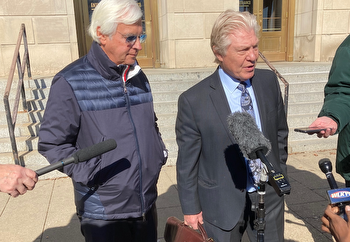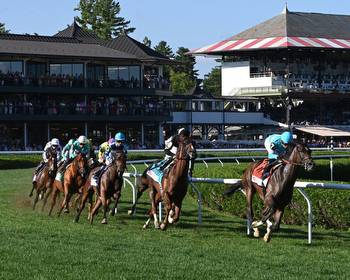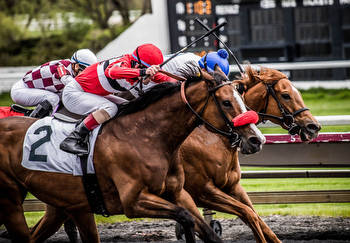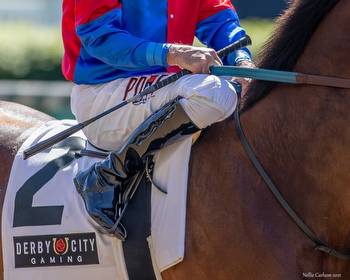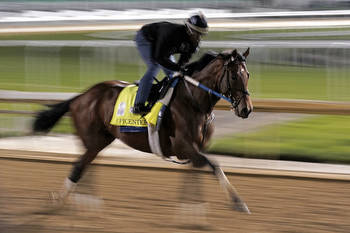HIWU's Scollay: New Medication Rules 'Your New Bible'

The Horseracing Integrity and Safety Act's anti-doping and medication control program is set for launch on January 1st 2023 in most states that conduct pari-mutuel wagering. Thousands of trainers, veterinarians and other backstretch workers will have to comply with the new set of rules.
HIWU's Mary Scollay explains the difference between the current withdrawal guidelines and thresholds and the looming system of detection times and screening limits.
New medication rules come into effect on January 1st. There will be no enforcement period.
Withdrawal guidelines provide a reliable cut-off point to administer a medication to avoid post-race positives. HISA studies are calculated through studies on a group of horses administered a certain medication. The horses are tested to determine the earliest time the drug is eliminated from all the horses' systems. Detection times do not have any margin of safety. The burden for establishing an appropriate withdrawal interval for medication now lies exclusively with the horse's connections.
The new regulations on medication prescribed to veterinarians are a philosophical change for them. They are not easy to understand. Scollay explains the new rules in his book, "Your New Bible".
HIWU and HISA provide no dosage, withdrawal time and screening limit guidance on a drug listed on the ARCI schedule. The corticosteroid betamethasone has no listed dosage or detection time listed, but it comes with a Restricted Administration Time (RAT) to race of 14 days. NSAID diclofenac has also no list dosage and detectiontime. HIWu and HIISA are not in a position to provide withdrawal guidance. The aim of the new medication schedule is to foster a more conservative approach to veterinary medicine.
HIWU provides a service for clearance testing well before race-day. The trainer would have to provide information about the treatment, the drug, and the dose. HIWu's new common controlled medication list provides secondary detection times for three common NSAIDS. The new rules prohibit the presence of more than one NSAID or corticosteroid in both post-race and post work samples.
The majority of post-race positives are for everyday therapeutic medications. First time positive for phenylbutazone, a class C controlled drug, would result in a fine of up to $500 and the automatic disqualification of the horse.
HIWU's Scollay is discussing the new medication rules. She asks who will be responsible in the event of a positive. The ultimate-insurer rule places the burden of responsibility on the shoulders of the trainer.
The new controlled medication rules apply from January 1st. There is a 14-day stand down on intra-articular injections and a 15-days detection time for the NSAID firocoxib. Scollay recommends familiarization with the new rules and application of them as soon as possible.
HIWU will release educational materials between now and January 1. Scollay recommends printing off the controlled medication list and pinning it to the barn wall. The Racing Medication and Testing Consortium (RMTC) can act as an information intermediary. Industry stakeholders can contact Scolley with any drug-related questions.











